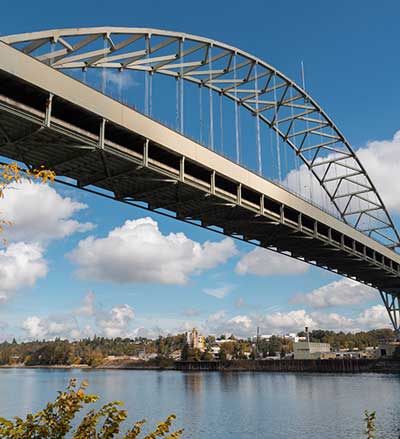The ASCE 2021 Report Card gives our roads a D grade, the same grade they earned in 2017. The nation’s bridges got a grade of C in 2021, down from a C+ in 2017. ASCE does not provide an estimate of what it would take to increase the grade of our roads and bridges to a B separate from the overall surface transportation category.
Investing in improved roads and bridges is one of the areas of greatest agreement between President Biden and Senate Republicans. Though President Biden was initially calling for substantially more than Senate Republicans, he adjusted to propose close to the same amount. President Biden’s revised American Jobs Plan proposed $13.9 billion in new spending per year and Senate Republicans propose $13.7 billion. President Biden’s plan represented a 27% increase in federal baseline funding and the Senate Republicans’ plan is a 26% increase. At $24.2 billion, the CSC plan that President Biden now supports would increase federal funding by 46%, the most of the four plans. At $20.6 billion, the PSC plan is the second most proposed and a 39% increase in federal spending.
